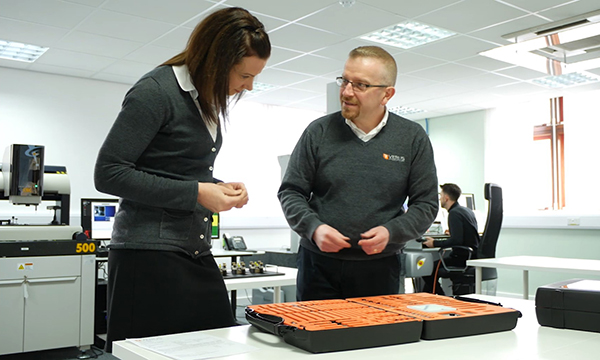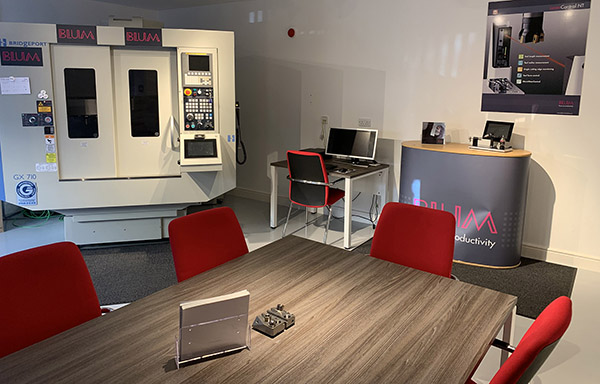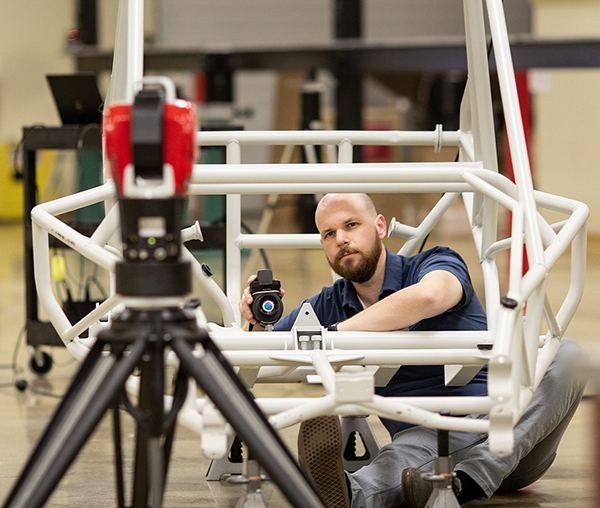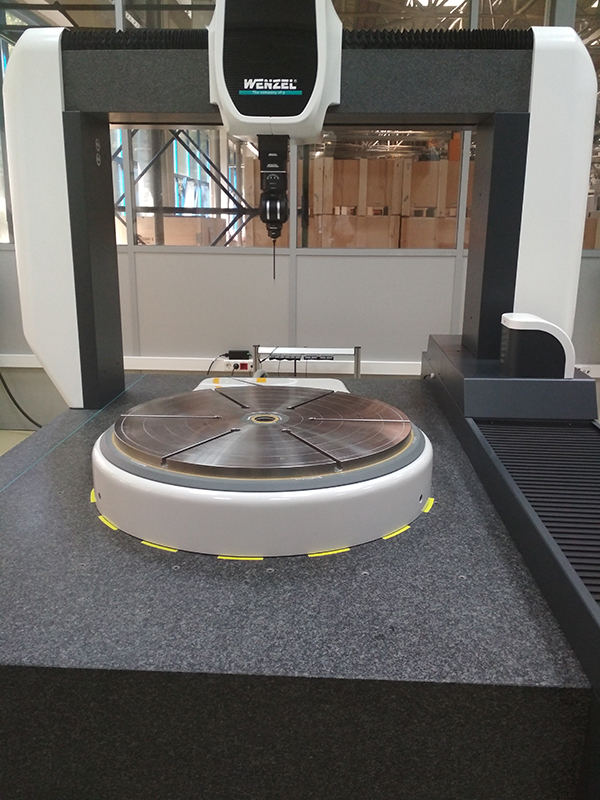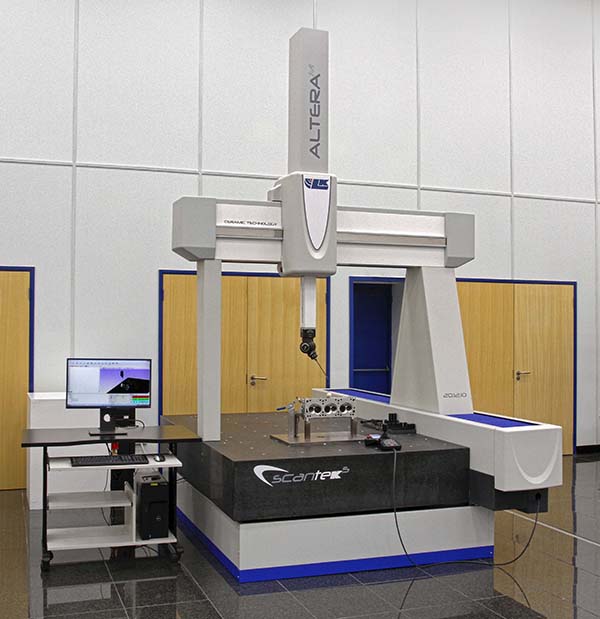OGP UK and Verus Metrology Partners have shaken hands on a formal partnership designed to help customers improve their production processes.

The deal will see all bespoke jigs and fixtures for OGP UK supplied by Verus Metrology Partners, alongside an agreement for OGP UK to supply V-FIX – the modular metrology fixture product from Verus – for non-bespoke fixture solutions.
Following the inception of Verus in 2008, the company’s relationship with OGP UK has been critical to its success in establishing a global customer base. From its headquarters in Sligo, Ireland, and a laboratory in Nottingham, the business designs and manufactures metrology fixtures and performs subcontract measurement for clients in medical device manufacture, the consumer goods industries, and the aerospace and automotive sectors.
Verus owns and operates 13 OGP SmartScope machines from the CNC and ZIP ranges, using them to provide customers with metrology fixture and programme packages, and helping to accelerate new product introductions.
UK operations director for Verus, Jon Banner, says: “We’ve used OGP from day one and the majority of our key clients also have OGPs. The optics, I believe, are best-in-class. With optical measurement, if you can see something, you can measure it. We often find that the accuracy can comfortably be sub-micron, and we rely on the machines to measure with repeat accuracy every day.
“We’re delighted that we’ve signed a partnership agreement with OGP UK for the supply of V-FIX,” he continues. “V-FIX was designed predominantly around OGP SmartScope capabilities; it allows light through so that the optics are easy to use. It also holds the parts firmly so you can actually use touch probes as well, making it a full multi-sensor metrology kit.”
For further information www.ogpuk.com






